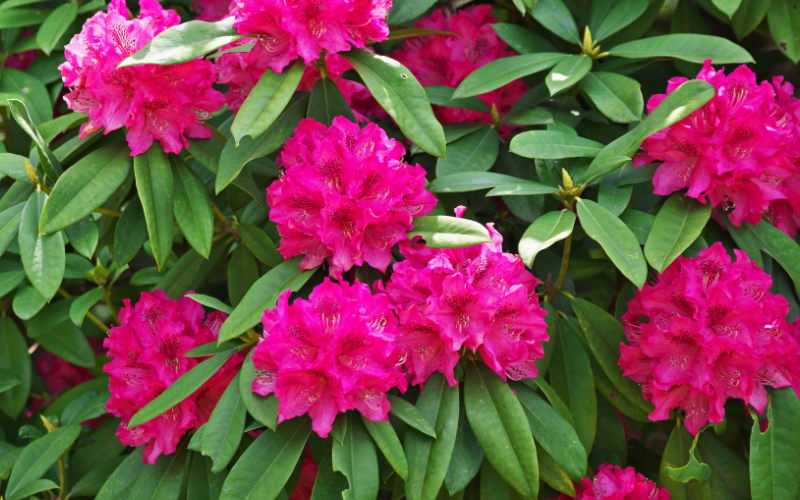The Audubon Name
If you have been following the news you will have undoubtably heard about the controversy surrounding the Audubon name. Our Audubon Chapter has been following these developments closely the last few years.
John James Audubon (1785-1851) was not a member of the National Audubon Society, which was founded in 1905. The organization was named in his honor. He is considered to be an important figure in Ornithology, as he documented and painted most of the bird species found in North America. His Birds of America collection was one of the earliest efforts to paint birds for field identification.
This famous Ornithologist also had a very dark side. He was a white supremacist who enslaved and bought and sold black people. To prove that white people were superior to any other race, he robbed the graves of Native Americans and Mexicans for skulls to gather “evidence” for his eugenicist beliefs. He killed and ate the birds he illustrated. He committed both academic fraud and plagiarism. He was an ardent supporter of slavery and wrote critically about emancipation.
For the last 2 years, the National Audubon Society grappled with the decision of a possible name change due to this man’s complicated history. Earlier this year, after deliberation, guidance, and feedback, the National Audubon Society’s Board voted to retain the Audubon name. Many Audubon Chapters have announced their intention to change their name, with some chapters recently announcing their new names.
Eastside Audubon Society’s Board has had some discussions on the subject and decided it best to wait on any potential chapter changes until National Audubon announced to the world its decision. Now that this has happened, we want to communicate to all of our members and supporters that Eastside Audubon is looking into this and considering all possibilities.
This may be a controversial issue for many of us. We are discussing all possible scenarios and outcomes for either retaining the name “Audubon” or dropping it. No matter where we land on this issue it is clear from our conversations that Eastside Audubon is more than just an organization. We are a community of friends that are bound together for a love of birding, conservation, the environment, and being outdoors. I know many of you have made some lifelong friends through this amazing birding community. I know I have.
There are plenty of reasons why it might make sense to change our name, based on what I briefly wrote above. I would also encourage each of you to read this article, which does a better job of describing John James Audubon than I could ever do here. The big question is, does the name “Audubon” transcend the man to mean something more? As language evolves, as it has since its invention, should we strive to change the meaning of this word, or is its roots too dark that they must be left behind?
We are discussing the legalities and expenses of a name change. Our Articles of Incorporation, bylaws, business accounts, bank accounts, various licenses, and contracts with our partners would need to be updated. This work would take effort and people dedicated to doing it, which could take away from time spent on organizing our programs. This isn’t to say that the above should be a reason not to consider a name change, but these are important considerations.
On the other hand, retaining “Audubon” in our name means that we will work harder as an organization that represents much more than the work of one person. We will continue to focus our work on assuring that equity, diversity, inclusion, and belonging are at the core of our conservation and birding outreach.
We are looking forward to hearing from our community throughout this journey. Our Board is actively discussing our options and we know this is going to take time. We are committed to communicating when we have made our decision. We acknowledge that the National Audubon Society has been a champion in bird conservation and has cleared the way for all chapters to be successful. We are looking forward to our continued partnership.
Thank you all for your support. Our work is not possible without you!
Jeremy Lucas
President
Eastside Audubon
president@eastsideaudubon.org

















